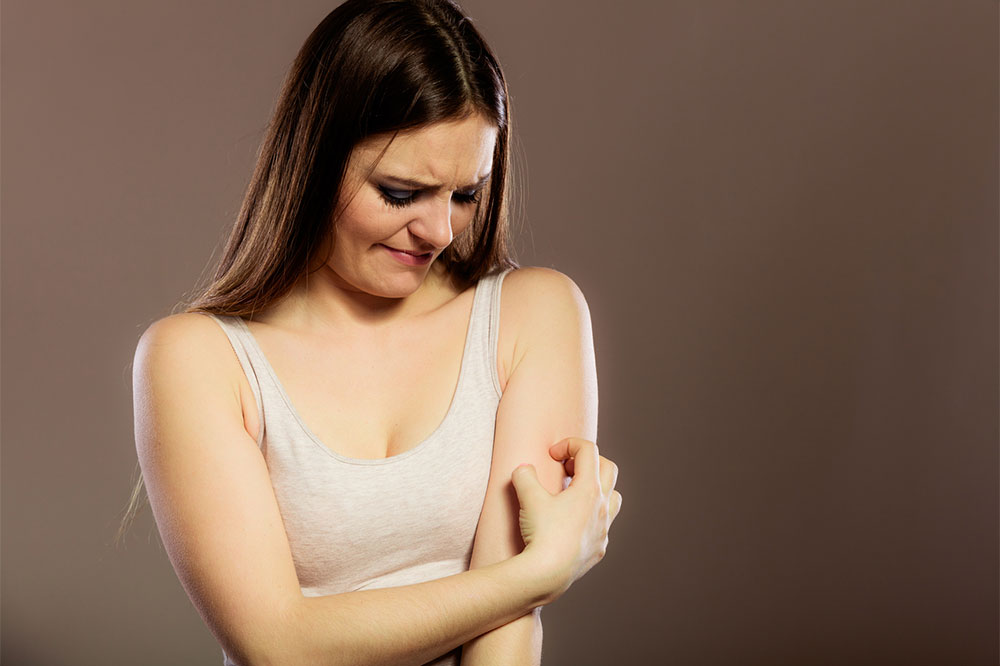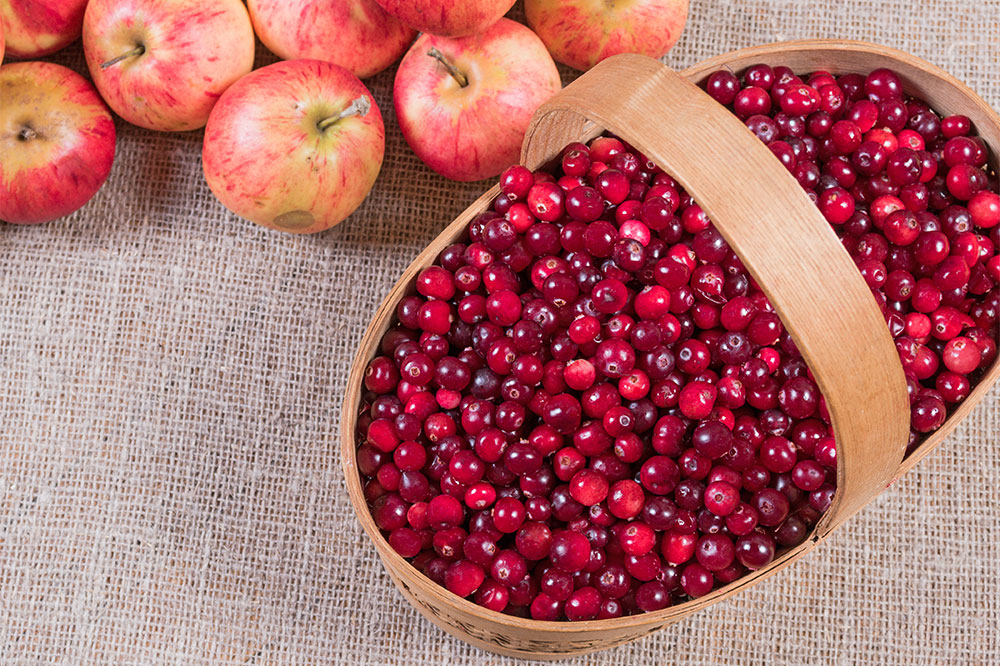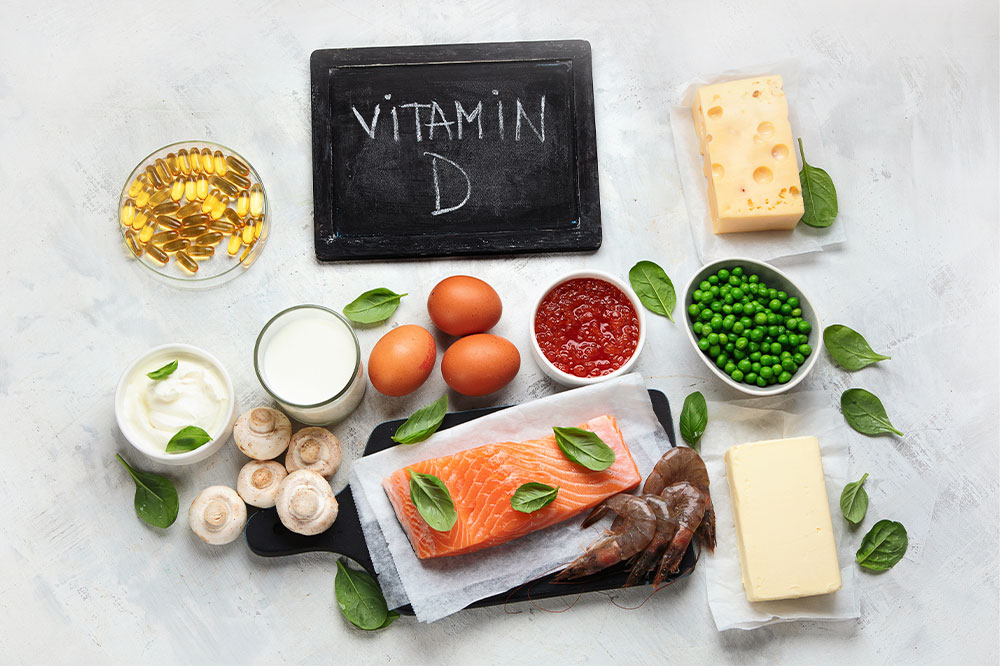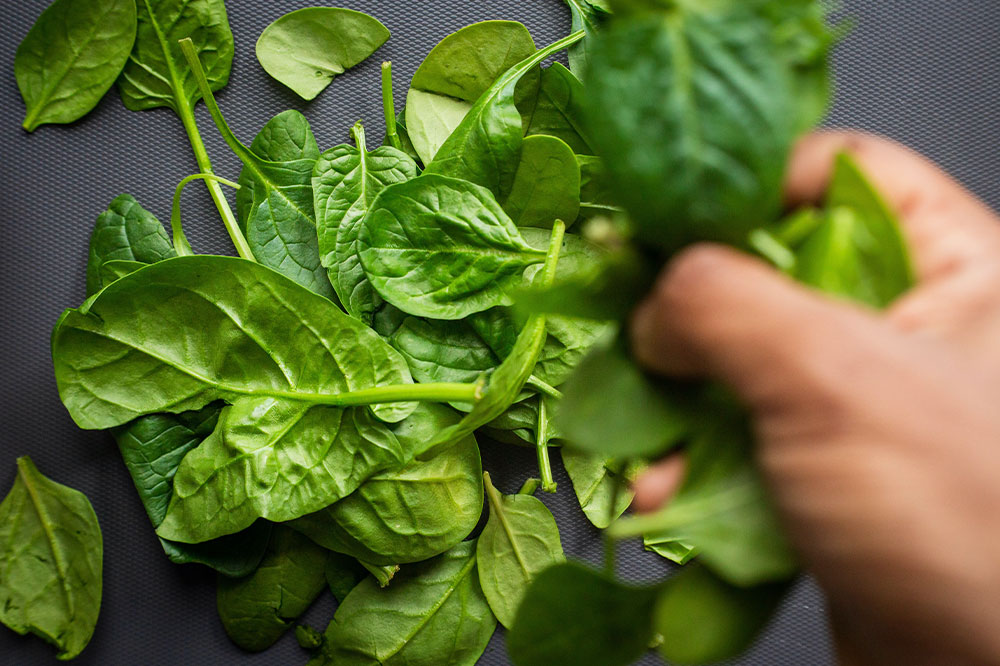Things to know when donating cars to the Sierra Club
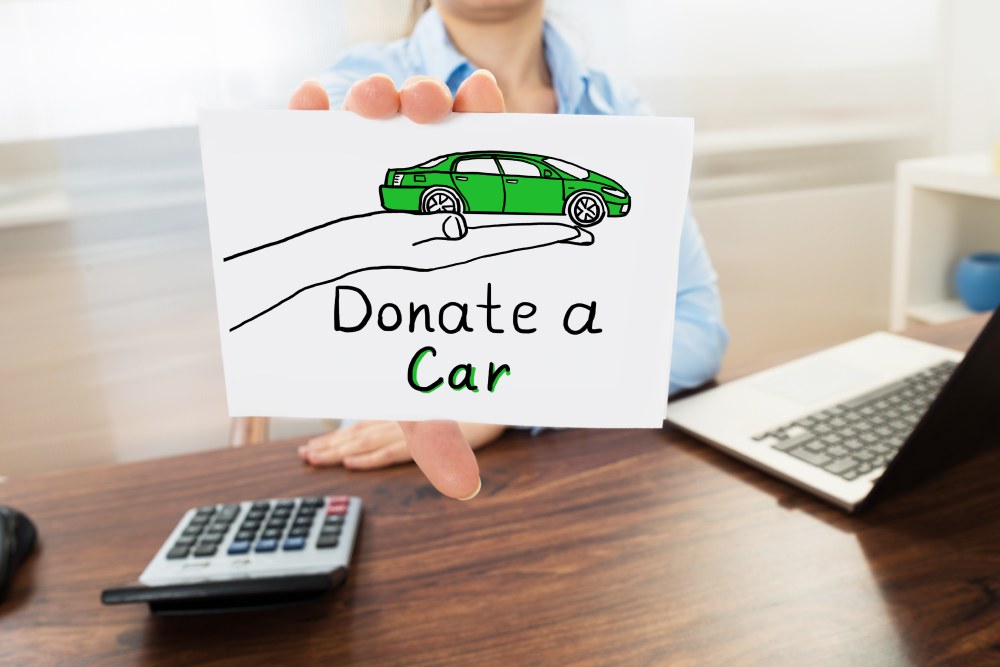
Donations are not always about giving money. Sometimes, donating used items can also make for meaningful contributions. This also applies to car donations. For instance, the Sierra Club, through its vehicle donation program, accepts used cars and turns them into funds that support its environmental initiatives. By donating a vehicle, one not only clears space in the driveway but also helps protect nature and promote sustainability.
How to donate cars to the Sierra Club
1. Visit the website or call the organization
Donating a car to the Sierra Club is a simple process. All one needs to do to initiate the donation is fill out the form provided by the organization, which can be found on their official website. If one is still unsure about the process or needs a better understanding, one can call the organization at 844-6-SIERRA or 844-674-3772. On the call, the team will walk one through the process.
2. Fill and submit the form
The donation form needs to be filled out with the donor’s name and contact information. One needs to ensure that they provide the correct information, as it will be used by the organization on their donation receipt and in IRS tax documents.
3. Schedule the pickup
Once the form is submitted or the donation has been requested, one will be contacted by the towing or vendor company to discuss pickup. The company will specify the time window for pickup, and one can then choose the exact time as per their convenience. Note that the towing company chooses the pickup window based on traffic conditions and the location of the donor. Still, the pickup will be scheduled according to the donor’s preferred time. It is also important to note that the donor will not be charged a single penny for the pickup.
4. Receive the receipt
Generally, the tow driver issues an initial donation receipt to the donor at the time of pickup. Further, if the donated car sells for $500 or less, the organization mails a thank-you letter to the donor. This letter can serve as the official tax receipt. If the car sells for more than $500, one will receive an IRS Form 1098-C stating the amount for which they can claim a maximum tax deduction.
5. Notify the state
After the vehicle has been donated, it is crucial to notify the state that one is no longer in possession of it. This step is important so that one gets released from the liability of the vehicle. One will no longer have to pay for the vehicle insurance and registration fees.
Also, when filing the vehicle transfer, remember that the charity is not the purchaser of the donated vehicle. Either the vendor or Charitable Adult Rides & Services will be listed as the owner. The organization’s official website or team will help with this procedure, so that the process is clarified.
Things to know before donating
Required paperwork
Before donating, one should ensure that the vehicle’s title is current, updated, and free of any liens. If there is a lien holder listed on the title, it must be cleared or released by the bank. Since this requirement can differ by state, it’s best to confirm local rules and regulations before proceeding. In case one does not have the title and still wishes to donate their car, it is better to contact the organization directly. The Sierra Club team may still be able to help arrange a solution.
Pickup
Before the scheduled pickup, one should make sure to remove all personal belongings from the vehicle and have the title ready, unless directed otherwise. Also, during pickup, the tow operator will collect the title and the keys, along with the vehicle itself, so keep those items accessible. The tow vendor will also guide the owner in signing the title, so it’s best not to complete that step beforehand.
License plates
Depending on the state, one may need to remove or return the vehicle’s license plates after donation. If plate removal is required, one should remove it before pickup, as drivers may not always be able to assist. To confirm the exact procedure in their state, one will need to contact the Vehicle Donor Support Team.
